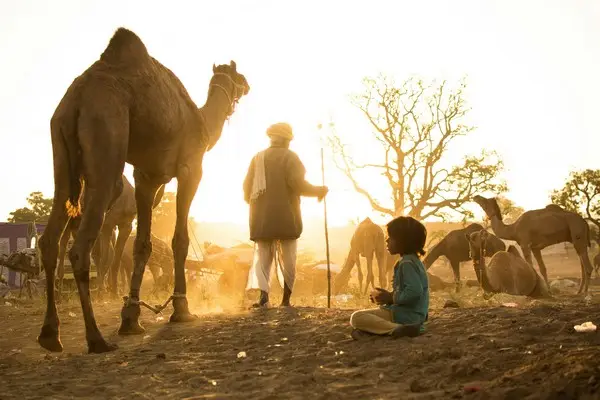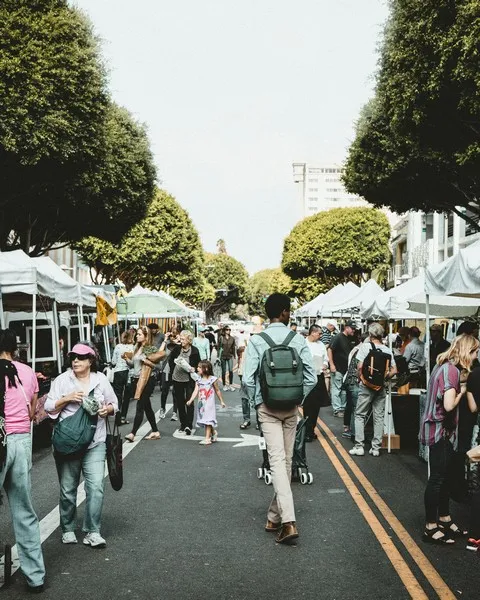Table of Contents
- Introduction: Who Are the Nomads?
- Historical Foundations of Nomadism
- Nomadism and the Social Production of Space
- Nomads and Capitalism: A Paradox
- Nomadism and Identity
- Nomadism as Method and Metaphor
- Conclusion: The Sociological Promise of Nomadism
Introduction: Who Are the Nomads?
Nomads have existed since the earliest stages of human social development, long before the formation of sedentary civilizations and the rise of nation-states. These mobile populations, whether pastoralist, hunter-gatherer, or peripatetic, have long been viewed as the antithesis of settled life. Yet, the sociological dimensions of nomadism reach far beyond mere mobility. Nomads challenge the dominant narratives of spatial fixity, national identity, and capitalist accumulation. They embody alternative relationships to land, community, governance, and modernity itself.
This article explores the sociological concept of nomadism through multiple theoretical lenses, revealing how nomads destabilize dominant social structures while offering insight into emergent forms of life under late capitalism. From ancient tribal systems to digital nomads of the 21st century, we will analyze nomadism as a material practice, a cultural formation, and a political ontology. In doing so, we consider how nomadism continues to shape our understanding of belonging, identity, and resistance in the face of an increasingly mobile and unequal world.
Historical Foundations of Nomadism
Pre-Sedentary and Pre-State Nomads
Before agriculture and urbanization, most human societies were nomadic. These groups relied on hunting, gathering, and small-scale pastoralism. Their social structures were often egalitarian, decentralized, and organized around kinship and reciprocity. Unlike state societies, nomadic groups:
- Lacked fixed territorial boundaries
- Relied on oral traditions instead of codified laws
- Maintained fluid leadership structures
These characteristics challenge the Weberian notion of the state as a monopoly on violence within a defined territory. In contrast, nomadic groups dispersed power and emphasized mobility as a form of both survival and resistance.
Social cohesion among these groups was often maintained through shared mythologies, ritual practices, and seasonal cycles of movement. Mobility was not random but followed deeply embedded ecological knowledge and spiritual cosmologies. This integration of environment, movement, and identity offers a holistic sociological understanding of pre-state nomadic life.
The Rise of the State and the Sedentarization of Society
With the advent of agriculture, states began to emerge, leading to the gradual sedentarization of human populations. Nomads were increasingly seen as outliers—unruly, uncivilized, or even dangerous. Sedentary states sought to incorporate or eliminate nomadic groups through strategies such as:
- Territorialization: Forcing nomads to settle and adopt fixed land use
- Surveillance: Monitoring their movements through colonial and postcolonial policies
- Cultural assimilation: Educating nomads into dominant national cultures
This transformation was not merely about control over space but about controlling time, labor, and social reproduction. Settled life became synonymous with civilization, while nomadism was rendered an anachronism. The expansion of empires, colonial borders, and capitalist markets further marginalized nomadic groups, often leading to the criminalization of their lifeways and the erosion of their cultural autonomy.
Nomadism and the Social Production of Space
Henri Lefebvre and the Spatial Critique
French sociologist Henri Lefebvre provides a foundational framework for understanding how space is socially produced. According to Lefebvre, space is not a neutral container but is shaped by social relations, ideologies, and practices. Nomadic space is radically different from the space of the state or the capitalist city.
Nomadic space:
- Is smooth rather than striated, lacking fixed borders or property lines
- Encourages circulation rather than enclosure
- Supports forms of temporality that are cyclical rather than linear
In this context, nomads disrupt the dominant capitalist spatial order that is characterized by zoning, private property, and infrastructural fixity. They remind us that space can be lived differently.
In nomadic cultures, space is experienced as a relational field rather than as a grid of ownership or infrastructure. Paths, grazing lands, and sacred sites hold meanings that are fluid and context-dependent. Space is co-produced with seasonal changes, social obligations, and spiritual practices. The refusal to fix space also implies a refusal to fix meaning, making nomadic geographies deeply subversive to hegemonic spatial orders.
The Rhizome: A Non-Hierarchical Model of Social Organization
Drawing from Deleuze and Guattari, the concept of the rhizome helps conceptualize nomadic sociality. Unlike the tree model of hierarchical, rooted structures, the rhizome is:
- Non-linear and acentric
- Multiplicitous and open-ended
- Resistant to closure and fixation
Nomadic societies often exhibit rhizomatic characteristics: dispersed leadership, multi-sited belonging, and decentralized forms of decision-making. This contrasts sharply with bureaucratic and hierarchical models of state governance.
The rhizomatic model also resonates with how information and power circulate in nomadic communities. Storytelling, ritual exchange, and oral tradition function as mechanisms of knowledge transmission without requiring centralized institutions. These fluid systems often create resilience and adaptability, enabling nomadic communities to survive under conditions of displacement or oppression.
Nomads and Capitalism: A Paradox
Get the full article AD FREE. Join now for full access to all premium articles.
View Plans & Subscribe Already a member? Log in.






